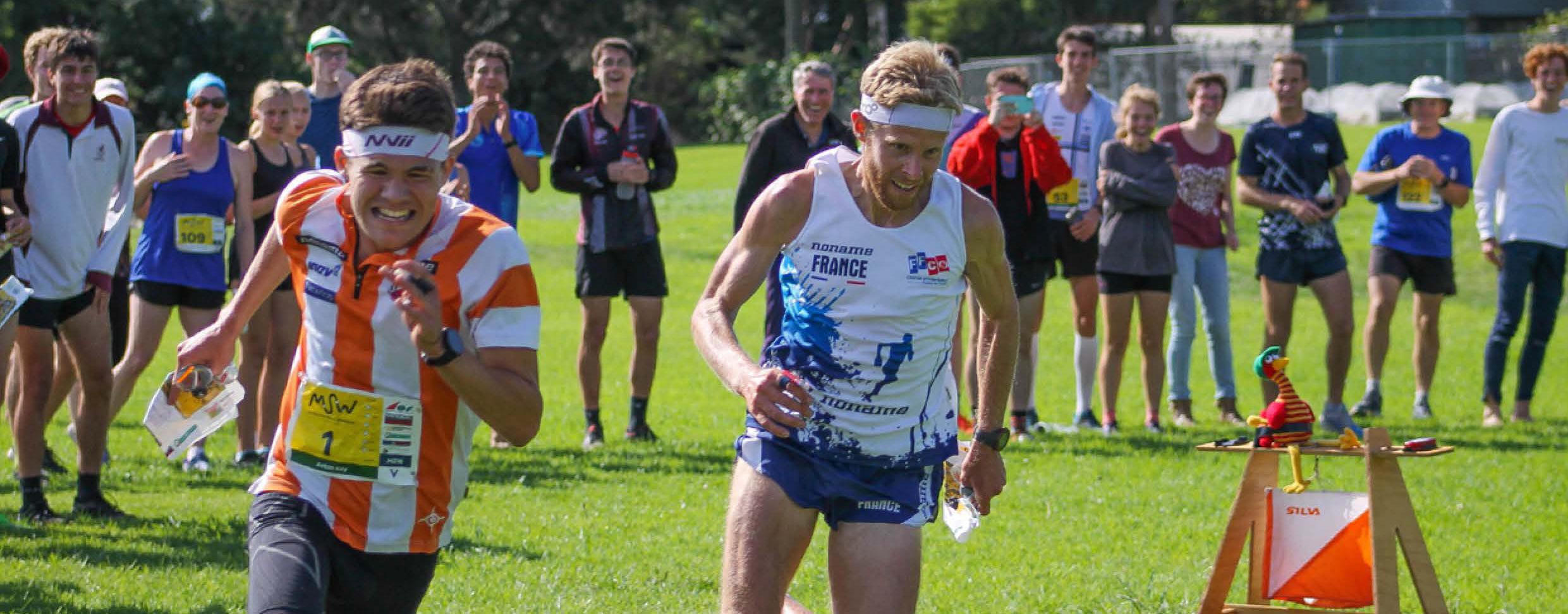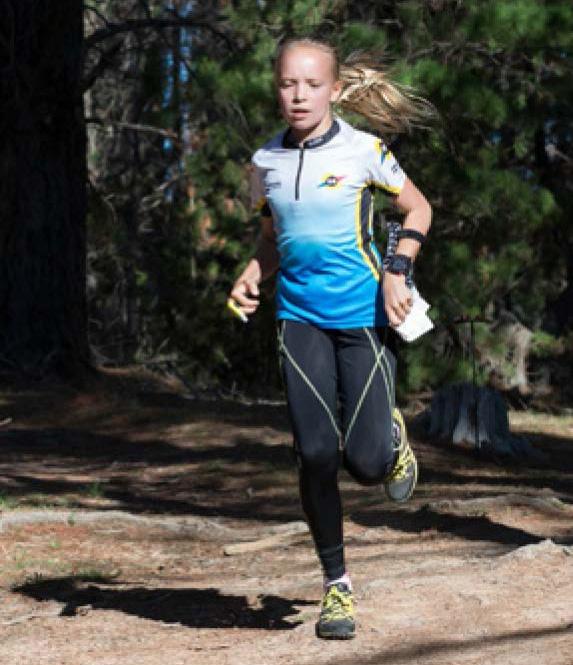
4 minute read
President’s Report
2020 was definitely not the year that we expected to have when it began. In January, we certainly weren’t expecting a year in which major national and international events would be almost absent from the scene, or one where orienteering of any sort was not happening for a lot of the year (especially if you happened to be in Victoria).
The year was a major test of our sport’s resilience and adaptability, and it was a test which we are showing excellent signs of having passed. In the most acute phase, we quickly pivoted towards online events and virtual permanent courses – as with life in general, technology gave us options to cope with the situation which wouldn’t have existed a decade or two ago. While many other sports found themselves in serious financial trouble, we were able to withstand the blow at both national and state level, a testament to the generally sound governance that exists in our sport (something which normally only gets noticed when something goes wrong). The support of all of the affected State Associations also allowed us to minimise the impacts of having to cancel national events in 2020, with the major national carnivals all rescheduled (and hopefully able to go ahead in their new timeslots).
A concern for many sports has been that they would lose participants as people got “out of the habit”. The signs are good that the reverse is true for us; at least in those states where numbers have not been capped, participation once events restarted was often significantly higher than at the same types of events in the same states in the last couple of years. (Anecdotally, we benefited at least a little from some sports being slower to restart than we were). One of the many disappointments of the year is that our athletes, both at the elite level and our aspiring juniors, had a full year without access to significant competition, and at the time of writing look likely, for the most part, to face a second year without access to major international competitions. Two years is a significant period in an athlete’s career, especially for those who missed a chance at a major title (or a final shot at a Junior World Championships or an Australian Schools), and we hope that as many as possible can bounce back when the chance arises. We hope, at least, to have a strong season of competition domestically (and hopefully with New Zealand) this year, and the signs from the opening races of 2021 are good that some of our emerging talent from 12 months ago has progressed while we’ve all been elsewhere.
With the reduced opportunity to go orienteering, we’ve put a lot of effort in the last year into improving parts of our underlying infrastructure, supported by Sport Australia funding. We have revamped the Sporting Schools product for primary schools and developed a new product for high schools, with a pleasing level of interest in the first offering. (Sporting Schools has also been an area which has benefited from some of the creative ways found to do things remotely in 2020, with some school maps being produced entirely remotely, making it possible to offer programs in places far from the orienteering mainstream). We have also redeveloped the coaching curriculum, part of our plans to strengthen our coaching infrastructure and giving more orienteers at all levels the opportunity to improve themselves. A similar project to update curricula for training controllers is also in progress.
Within Orienteering Australia, it was a year of significant organisational change. At a recent Special General Meeting, the State Associations agreed unanimously to OA changing from being an incorporated association to a company limited by guarantee. This is the end of a lengthy process which Sport Australia has been driving for national sporting organisations. While there is not a lot in the change that will be immediately noticeable to the everyday orienteer, and we have not made major changes in the constitutional relationship between OA and the State Associations, there will be something of a restructuring of the Board. This will now consist of seven members elected as directors which will appoint its own chair and “portfolio” directors from within its membership. Whilst it is inevitable in a sport of our size that Board members will have some level of operational responsibilities, we are gradually moving towards a model where the Board is primarily responsible for strategic decision-making and oversight and isn’t expected to try to do everything themselves.
It has also been a year of change for Orienteering Australia’s personnel. Paul Prudhoe will be retiring at Easter from the position of Executive Officer after four years of valuable service. Jim Russell and Ian Prosser have also stepped down as Head Coach and High Performance Administrator respectively. Mike Hubbert is also in the process as retiring as Editor of the Australian Orienteer. We thank all of them for their contribution to orienteering in Australia and look forward to their successors also making a mark.
Finally, it is also a year of change for Orienteering Australia’s Board. I will be stepping down as President at the Annual General Meeting, and Bruce Bowen will be doing likewise as Director (Finance), while Prue Dobbin stepped down during the year. I am pleased that we have attracted a number of quality nominations for the Board and am confident that orienteering in Australia will remain in good hands. I would like to thank everyone, at all levels of the sport, who has contributed to the success of orienteering in Australia over the last few years, and am confident that, despite the challenges that we have faced in the last year, we remain on a positive trajectory.
Blair Trewin
President












